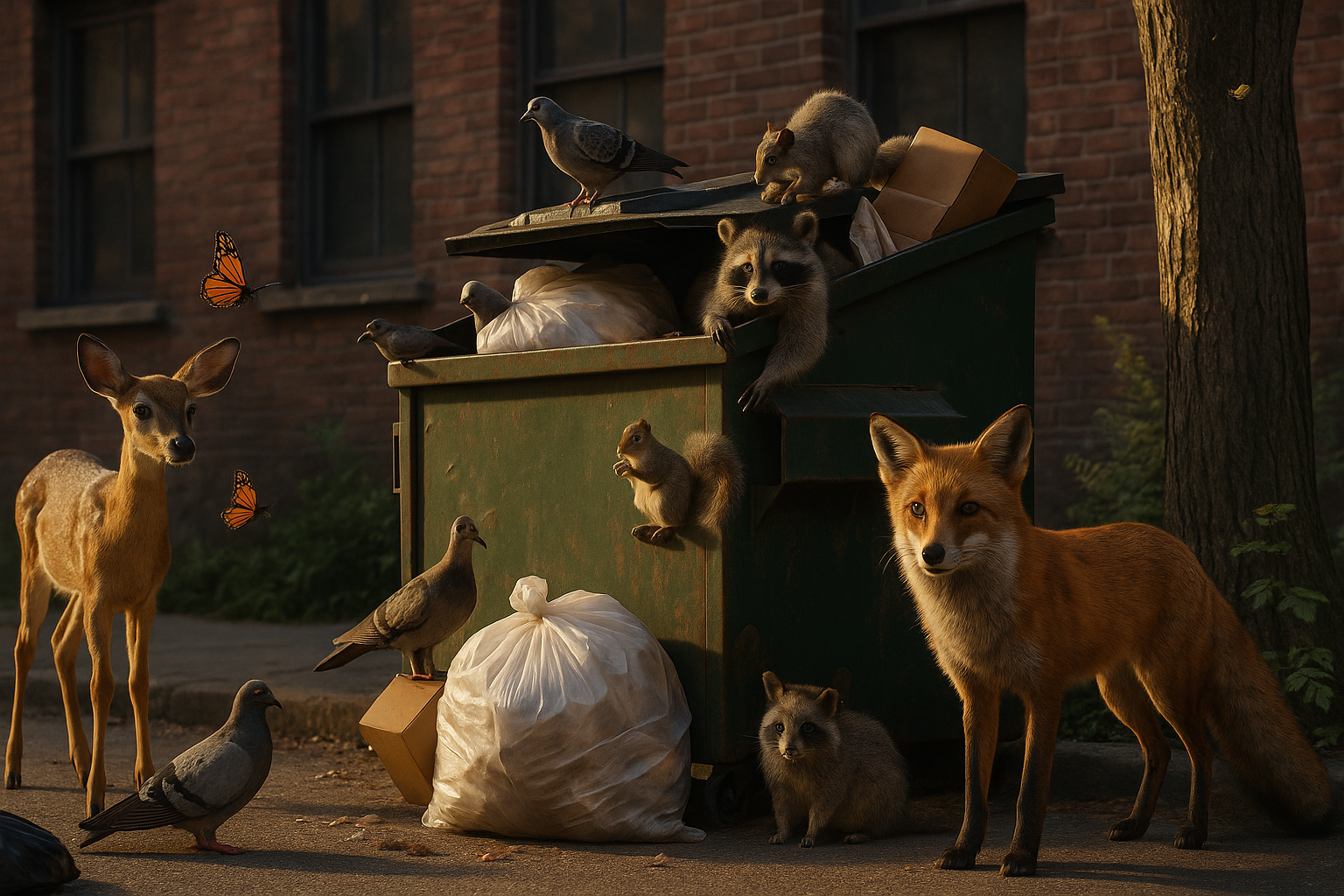Fascinating Insights into the Thriving World of Urban Wildlife
Urban wildlife, a term that may seem paradoxical at first glance, is a thriving world that exists right under our noses. As cities expand, the wildlife within them has adapted in surprising and fascinating ways, offering a unique perspective on the interaction between humans and animals.

The Emergence of Urban Wildlife
The concept of urban wildlife is not entirely a recent phenomenon. Animals have always existed in and around human settlements. However, with the rapid expansion of cities and the concomitant reduction in wilderness areas, urban wildlife has become more prominent. Birds, squirrels, raccoons, foxes, and even deer are common in many cities worldwide. Some animals have adapted to urban life so well that they are now more common in cities than in their original habitats.
The Survival Strategies of Urban Wildlife
Surviving in the city requires wildlife to adapt and evolve. Many species have altered their behavior to cope with the challenges presented by urban environments. For instance, urban foxes are known to be bolder and less fearful of humans than their rural counterparts. Similarly, pigeons have adapted to eating human food, leading to their proliferation in urban areas.
The Impact of Urban Wildlife on City Life
Urban wildlife has a significant impact on city life. In some cases, this impact is positive. For example, birds and squirrels can help control insect populations, while bees and butterflies play vital roles in pollination. However, urban wildlife can also pose challenges. Raccoons rummaging through trash cans, squirrels chewing on power lines, and birds nesting in inconvenient places are common problems.
The Estimated Cost of Urban Wildlife Management
Managing urban wildlife is a complex and costly task. Cities worldwide spend millions each year on animal control and wildlife management. This includes everything from trapping and relocating problem animals to implementing programs that discourage wildlife from settling in certain areas. However, these efforts are often necessary to maintain a balance between human needs and wildlife survival.
The Future of Urban Wildlife
As cities continue to expand, the interaction between humans and urban wildlife will likely become more complex. The future of urban wildlife depends on how well we can manage this interaction. Successful coexistence will require a combination of effective wildlife management strategies and an increased understanding of urban wildlife behavior among city residents.
Urban wildlife is a fascinating and dynamic field that offers unique insights into the adaptability of nature. As we continue to explore this topic, we will undoubtedly uncover even more intriguing facets of this hidden world. This is a thrilling prospect for anyone interested in the intersection between humans and the natural world, promising exciting discoveries and novel perspectives in the years to come.





